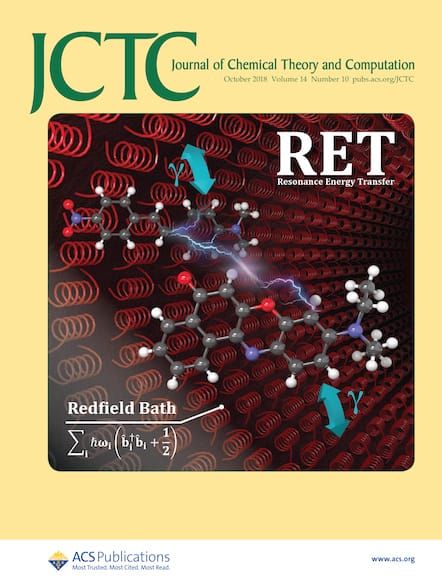The Evolving Quest for Chemical Understanding in the Quantum Age.
IF 5.5
1区 化学
Q2 CHEMISTRY, PHYSICAL
引用次数: 0
Abstract
As quantum mechanics enters its second century, theoretical and computational chemistry stands at a pivotal transition. Traditional orbital-based approaches such as valence bond theory and molecular orbital theory and density-based frameworks like density functional theory have long provided the computational and conceptual foundations for the field. However, the advent of machine learning and quantum computers introduces completely new paradigms for representation, inference, and understanding. In this perspective, we examine how chemical understanding has been evolving in the past century through the lenses of ontology, epistemology, and emergence. We argue that chemical concepts, such as aromaticity, electronegativity, reactivity, and stereoselectivity, are not merely reducible to basic laws of physics but emerge as essential scaffolds linking chemical theories to chemical understanding. We propose a general scheme to obtain chemical understanding from the basic variables of chemical theories. Extending this scheme to deep learning and quantum computing, we suggest roadmaps to harvest chemical understanding from them and then advocate for hierarchical modeling as a new platform that moves beyond the constraints of multiscale modeling. Hierarchical modeling integrates abstraction across scales, captures emergent behaviors, and enables conceptual innovation for hierarchical systems. We conclude that the future of chemical understanding depends less on solving harder physical equations alone and more on epistemological shift characterized by conceptual pluralism, epistemic adaptability, and deeper appreciation of the multilayered ontological structure inherent to molecular systems.在量子时代对化学理解的不断探索。
随着量子力学进入第二个世纪,理论和计算化学正处于一个关键的过渡时期。传统的基于轨道的方法,如价键理论和分子轨道理论,以及基于密度的框架,如密度泛函理论,长期以来为该领域提供了计算和概念基础。然而,机器学习和量子计算机的出现为表示、推理和理解引入了全新的范式。从这个角度来看,我们通过本体论、认识论和涌现的镜头来研究化学认识在过去一个世纪中是如何演变的。我们认为,化学概念,如芳香性、电负性、反应性和立体选择性,不仅可以归结为基本的物理定律,而且可以作为连接化学理论和化学理解的基本框架。我们提出了一个从化学理论的基本变量获得化学理解的一般方案。将这一方案扩展到深度学习和量子计算,我们建议从它们中获取化学理解的路线图,然后倡导分层建模作为超越多尺度建模约束的新平台。分层建模集成了跨尺度的抽象,捕获了突发行为,并为分层系统实现了概念创新。我们的结论是,化学理解的未来更少地依赖于单独解决更难的物理方程,而更多地依赖于以概念多元化、认知适应性和对分子系统固有的多层本体论结构的更深层次理解为特征的认识论转变。
本文章由计算机程序翻译,如有差异,请以英文原文为准。
求助全文
约1分钟内获得全文
求助全文
来源期刊

Journal of Chemical Theory and Computation
化学-物理:原子、分子和化学物理
CiteScore
9.90
自引率
16.40%
发文量
568
审稿时长
1 months
期刊介绍:
The Journal of Chemical Theory and Computation invites new and original contributions with the understanding that, if accepted, they will not be published elsewhere. Papers reporting new theories, methodology, and/or important applications in quantum electronic structure, molecular dynamics, and statistical mechanics are appropriate for submission to this Journal. Specific topics include advances in or applications of ab initio quantum mechanics, density functional theory, design and properties of new materials, surface science, Monte Carlo simulations, solvation models, QM/MM calculations, biomolecular structure prediction, and molecular dynamics in the broadest sense including gas-phase dynamics, ab initio dynamics, biomolecular dynamics, and protein folding. The Journal does not consider papers that are straightforward applications of known methods including DFT and molecular dynamics. The Journal favors submissions that include advances in theory or methodology with applications to compelling problems.
 求助内容:
求助内容: 应助结果提醒方式:
应助结果提醒方式:


